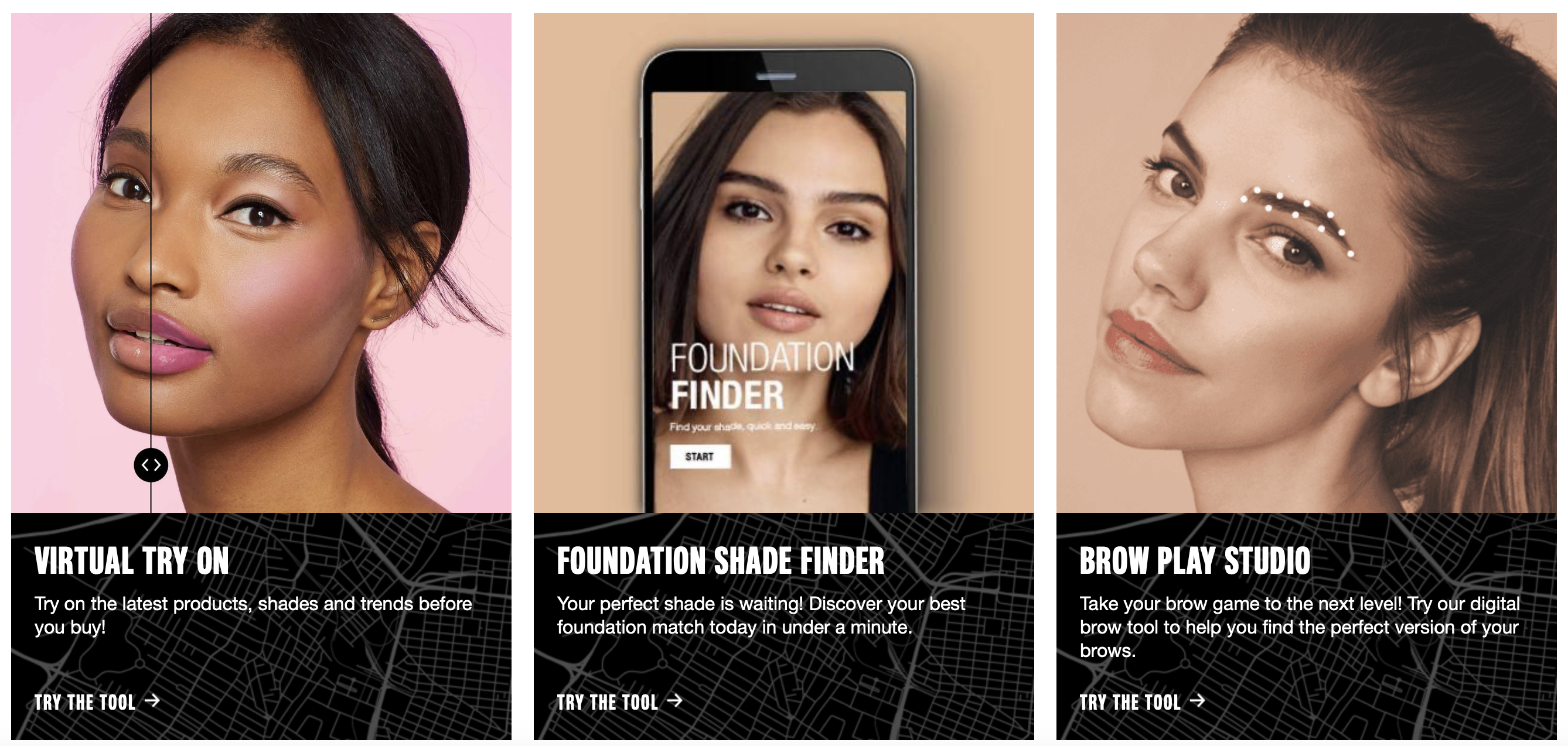Social Media Trends to Embrace in 2022
In 2021, more than 72% of Americans used social media — an increase of more than 10 million people. These 240 million users spend an average of two hours and seven minutes on social media every day. It’s safe to say that as new platforms and features continue to emerge, even more people will jump on board.
Most of the social media trends we expect to see in 2022 are already here, as existing trends continue to pick up speed in 2022, and marketers continue to adopt these elements in larger numbers.
The Social eCommerce Boom
While online shopping within social platforms has been around for a few years, much of its growth has been in reaction to the pandemic. In 2022 it looks to become the heart of a consumer’s shopping experience, as it is on the path to increase to more than 100 million shoppers before 2023.
Not surprisingly, Facebook was one of the first social media platforms to make a significant leap into the eCommerce world when the pandemic first began. With Facebook and Instagram Shops, they seamlessly created a way for retailers to connect with potential consumers. By 2022, their goal is to have shoppable posts, streamline payment processes, and introduce live-stream shopping.

Augmented Reality and Artificial Intelligence
While the term Metaverse was first coined in a 1992 sci-fi novel entitled Snow Crash, the end goal of the current iteration is to create an entirely new virtual world. Mark Zuckerberg’s Metaverse dream combines gaming, social media, entertainment, eCommerce, and work environments into virtual and augmented reality platforms that everyone will use.
Facebook isn’t the first to use AR and AI, however. Several brands have been using AR for a while to assist shoppers in choosing new products. Consider Ikea, which has used AR to help consumers place virtual furniture into their own homes before buying. Maybelline uses a similar technology with their Makeup Studio, which allows users to try on makeup before making a purchase.

The Rise of Ephemeral Content
With the emergence of Facebook Stories, Instagram Reels and Stories, and Snapchat Stories, the popularity of ephemeral content has increased exponentially over the past few years. These “blink or you’ll miss it” tidbits of information and entertainment tease the audience and speak to their fear of missing out (FOMO) on great content. In addition, Twitter and LinkedIn recently jumped on the bandwagon with their version of 24-hour content to engage consumer attention.
The pandemic has also played a role in propelling TikTok to the forefront in user-generated short-form video content. Of course, YouTube has been around for ages compared to the relatively new platform, but the central selling point behind TikTok is the length of the videos. Like Facebook and Snapchat Stories, TikTok keeps things short and sweet to capitalize on the short attention spans of the masses, with videos ranging from a few seconds to no longer than three minutes.
With many studies showing that 82% of all online content will be video content by 2022, it’s clear that savvy brands will use this kind of content to keep people coming back for timely and relevant information for the foreseeable future.
Increased Focus on Micro-Influencers
While indeed not a new trend, influencers are still expected to remain an essential marketing tactic in 2022. However, brands are continuing to recognize the power behind smaller followings rather than mega-influencers and celebrities. Rather than break the bank to bring on a celebrity or the hottest model to carry their message, they realize that most consumers respond to someone to whom they can relate.
As such, brands continue to gravitate towards micro-influencers (10k-100k followers) who outperform their “more popular” counterparts with higher engagement rates, more loyal followers, and who are more budget-friendly.
Changes in Algorithms
Updates and changes in algorithms have become a natural part of social media and search engines. The brains behind the platforms are always looking for the best and fastest way to get consumers what they’re looking for, whether they know they’re looking for it or not.
Each social media platform puts more weight into different factors to determine what content is shown. For example, Facebook’s algorithm prioritizes family, friends, and local posts over business content, while Twitter puts the latest news at the forefront, and Instagram is preferential to post engagement and popularity.
TikTok’s intelligent algorithm uses three main algorithm factors to determine what content appears on a subscriber’s For You Page: user interactions, video information, and device and account settings.
By understanding how each platform uses algorithms, brands can create a content marketing strategy that is customized for each. One perk that social media platforms are hoping to introduce in the coming years is the ability to turn the algorithms off and on while scrolling, allowing consumers to experience a much wider variety of products and services they wouldn’t have otherwise seen.
Staying aware of these trends and the competitive landscape will help brands build closer relationships with their target audiences and earn their trust to grow and thrive in the coming year.

